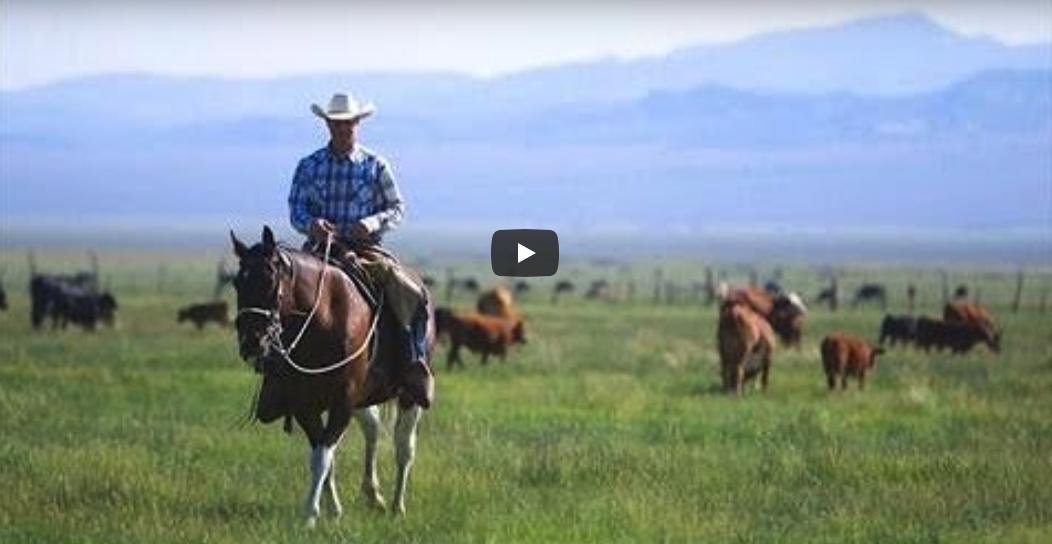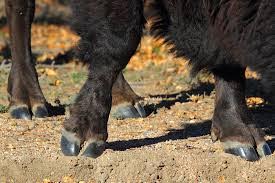The Last Cowboy at Pine Creek Ranch

Since its conquest during the Mexican War, more than 50% of the West has belonged to the government, and ranching has been an integral part of Western settlement. The number of ranchers on public lands has fallen by one-fourth since 1970, as agencies, allied with “conservationists” steadily force ranchers off public lands. The deliberate “eviction” of ranchers and livestock is not only destroying the West’s precious ranching culture but a key component of the region’s economic base.
This video which was produced and published by the Wall Street Journal discusses one ranching family, who, after a 40-year battle, was wrecked by agency rules designed to make ranching unprofitable and impractical. As Americans, we should be ashamed and angry about this. Federal managers were aided in this travesty by the Western Watershed Project (WWP); the program’s director is interviewed in the video.
The ill-informed belief that cattle and wildlife “compete” rather than complement each other—helping forests and grasslands—reflects the absence of holistic thinking in the public lands management debate. Academicians, agency employees, traditional ranchers, wildlife managers and “conservationists” do not realize they need each other to achieve what all want, and what the “Multiple Use- Sustained Yield Act of 1960”, requires. Under that law, national grasslands and forests are to be managed for recreation, livestock grazing, wildlife and fish habitat, and water resources “in a harmonious and coordinated” manner “in the combination that will best meet the needs of the American people.” The act specifically requires management for sustained yield of resource outputs in perpetuity, without impairing the productivity of the lands. The word that best describes managing for all of these diverse elements is “holistic.”
Agencies and “conservation” groups including WWP generally concede that grasslands evolved under intensive grazing from large herds of bison and other wild animals, which through co-evolution became necessary for soil and plant health. In practice however, most are hostile to cattle and ranching, which they variously blame for native species loss, range and forest destruction, erosion, pollution, global climate change and even public theft.
Explaining this thinking, WWP’s spokesman says cattle harm grasslands because they are not “native.” Their bites of grass are too large. Most importantly, cows harm soil because “Cattle hoofs are not cleft. They are one single pallet which compacts the soil, unlike native animals which have cloven hoofs which aerate soil.” This is so mistaken that one must wonder if the WWP spokesman— or Wall Street Journal reporters and editors — have ever looked closely at either cows or buffaloes.


Both cattle (L) and bison (R) hooves are split. The two animals are so closely related they interbreed. They are roughly the same size. Whether on forest floor or grasslands, when cattle herds are grazed in a way that mimics bison herds in numbers, timing and behavior, their physiological effects are similar. Under these conditions cattle stimulate plants including grass and weeds, which in turn benefit pronghorn and deer and the insects necessary to sustain grassland birds like quail and grouse. In so doing cattle and bison sequester carbon and add humus to soil, which increases its fertility and water-retention, thus improving watersheds. All of these are objectives set forth in the 1960 Act.
Grasslands and wildlife have steadily declined since the great bison herds were destroyed 150 years ago. To offset this decline, the so-called defenders of habitat, including much of the federal, academic and conservation bureaucracy seek to banish cattle, the only substitute for the missing keystone grazer, with no idea of how – or even why – to replace them.
The public should insist that the full complement of wild animals including predators be returned to the public lands, and that grazing practices be implemented to improve wildlife habitat. Ranchers must accommodate this dual use, provided the rules allow them to tend their herds and protect cattle from predation, not by killing bears and wolves but by gathering, corralling and moving their livestock with vehicles, feed, water and temporary fences.
This is the only way cattle be profitably grazed to mimic bison and help habitat and wildlife. Ranchers’ property rights under leases should be recognized and protected – like any lessee engaged in commerce in a nation ruled by Rule of Law. Much public land should be transferred to state control to minimize management by federal lawsuit, political pressure groups, and distant unaccountable bureaucrats. Above all, let us demand range “science” be based on science and common sense.
